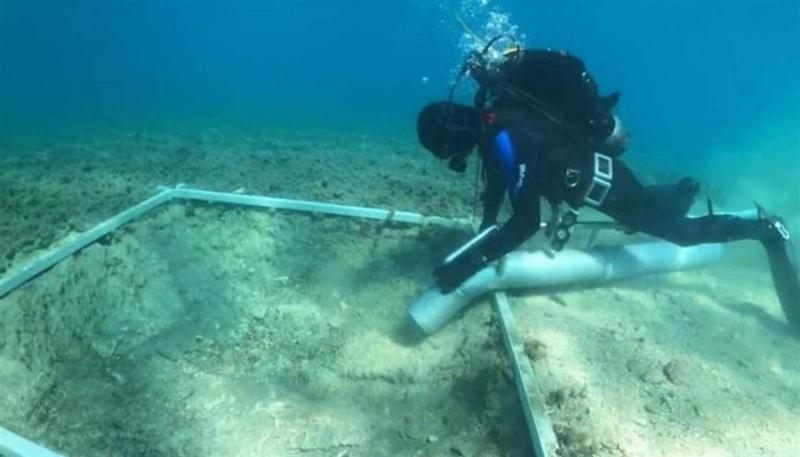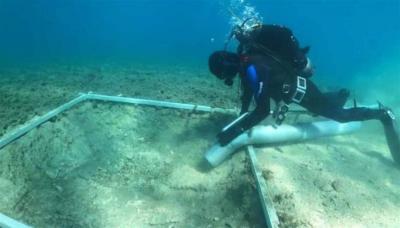Archaeologists have successfully discovered the remains of a 7,000-year-old road at the bottom of the Mediterranean Sea, off the southern Croatian coast, which was found submerged under thick layers of marine clay. The scientific magazine "Science Alert" confirmed that this discovery was made in the submerged Neolithic village of Solin, and the purpose of this road may have been to connect the ancient island of Hvar with the now-isolated island of Korčula.
The magazine noted that "the ancient site of Solin was discovered in 2021 by archaeologist Mate Parica from the University of Zadar in Croatia while analyzing satellite images of the water area around the city of Korčula."
Parica stated, "This area, unlike most parts of the Mediterranean, is safe from strong waves because many islands protect the coast, which certainly helped preserve the site from natural destruction."
Researchers believe that the Neolithic Hvar culture, which once inhabited the eastern Adriatic Sea, constructed the now-submerged town of Solin and the ancient passage linking the islands.
The University of Zadar released a statement about this discovery, mentioning: "People have been using this road for nearly 7,000 years." Scientists noted that "this is not the only secret related to the island of Korčula, as the research team also discovered another underwater area on the opposite side of the island that closely resembles Solin and has yielded some interesting artifacts from the Stone Age."




